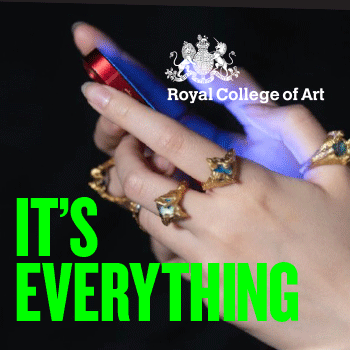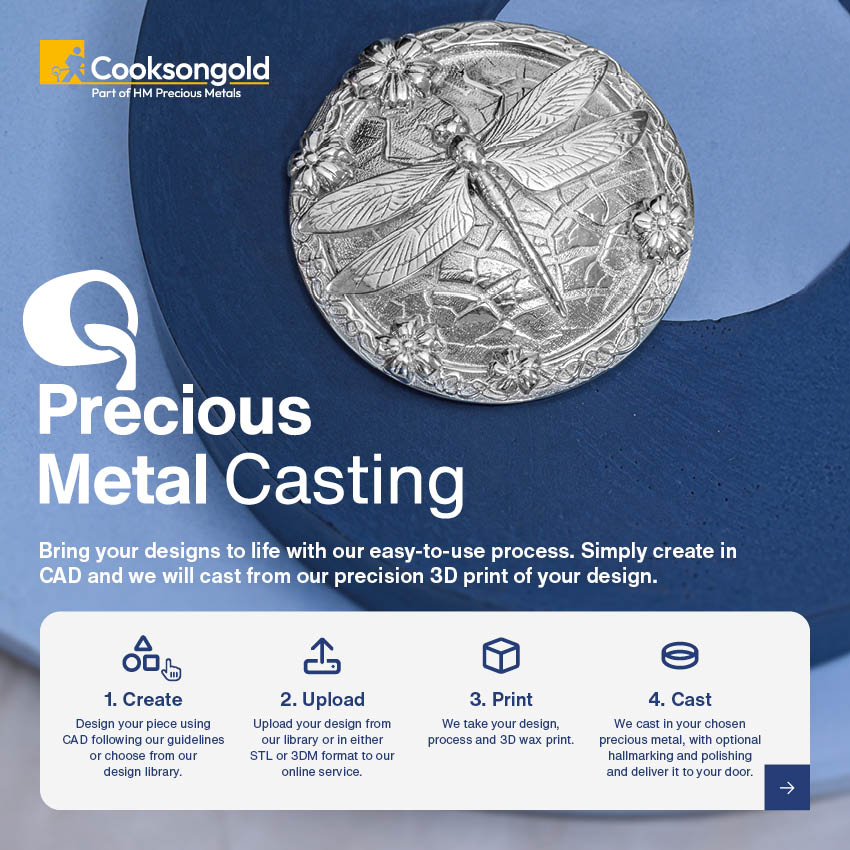Jewellery & Photography come together in a Winning Combination
Lucie Gledhill's Modern Twist on the Victorian Curb Chain Garners Best New Design 2019 at Goldsmiths' Fair Week One
Reading Time:
1 min {{readingTime}} mins
An innovative collaboration, between jeweller Lucie Gledhill and photographer Kasia, has won the attention of this years’ Goldsmiths’ fair expert judge of the Best New Design Award.
This year, Trino Verkade judged the award, a consultant with the Sarabande foundation, an initiative set up by the late legendary designer, Lee Alexander McQueen, who left the majority of his estate to support creative and visionary talent. In addition to providing scholarships and studio space for artists.
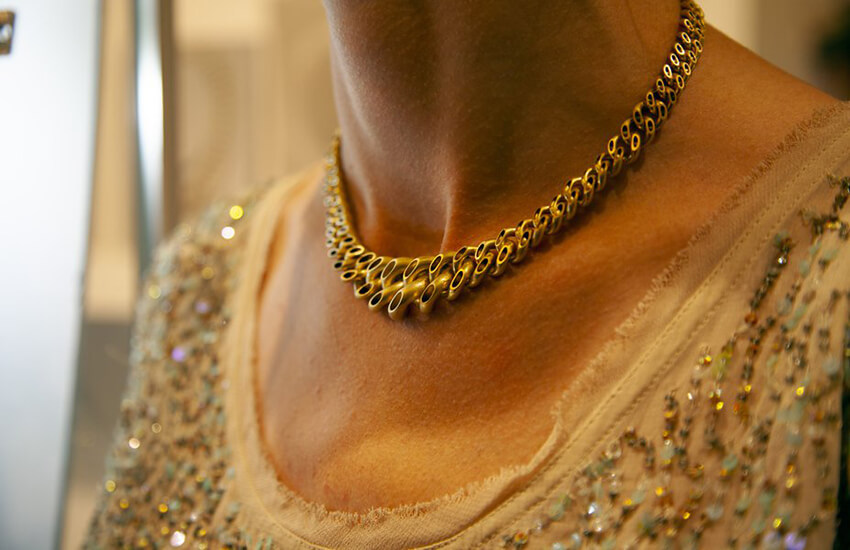
The curb chain is a feat of craftsmanship, taking three weeks to complete. A chain was fashioned from gold tubing and silver wire, then each link soldered together and twisted to create the iconic curved shape. Gledhill describes the making process:
“The necklace is a hollow gold curb chain. The process requires me to draw silver into gold tube before the chain is constructed. After construction I file each link to expose the silver inside. My self and Kasia then dipped the chain into nitric acid. The acid dissolves the silver leaving the hollow gold chain and silver nitrate crystals which are then used by Kasia in a wet plate collodion photograph of the same chain.”
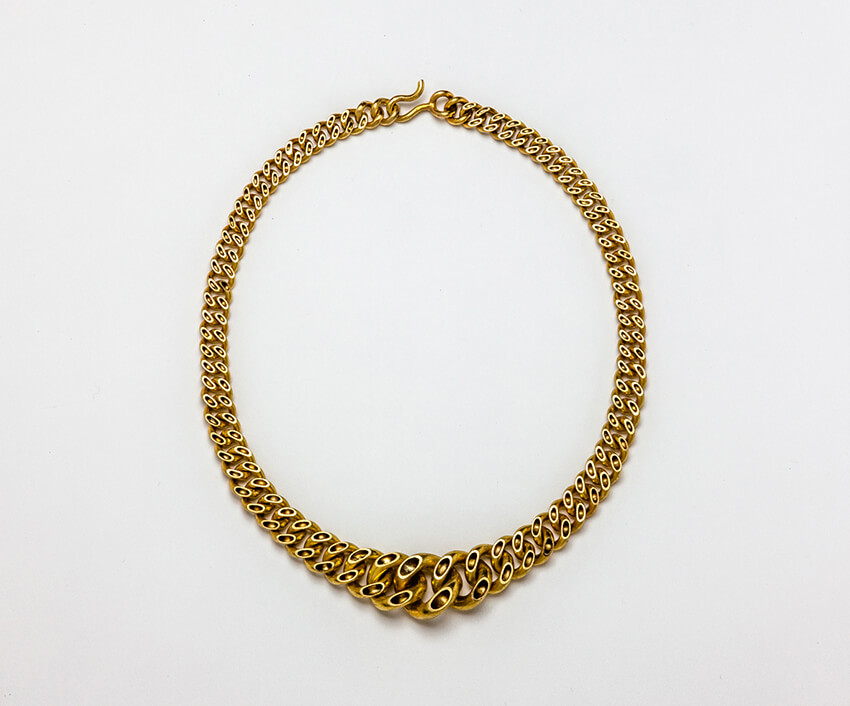
Whilst the finished piece is stunning in gold, the true star of the show is the silver, used to create the piece, and repurposed by the photographer, Gledhill says “The way we work is almost alchemical in nature".
The collodian process is an early photographic process. Whilst creating the chain was a lengthy process, the collodian wet plate service requires the photograph to go through a series of treatments generally within a 15-minute time-span. Like the curb-chain, the process was popularised during the Victorian period.
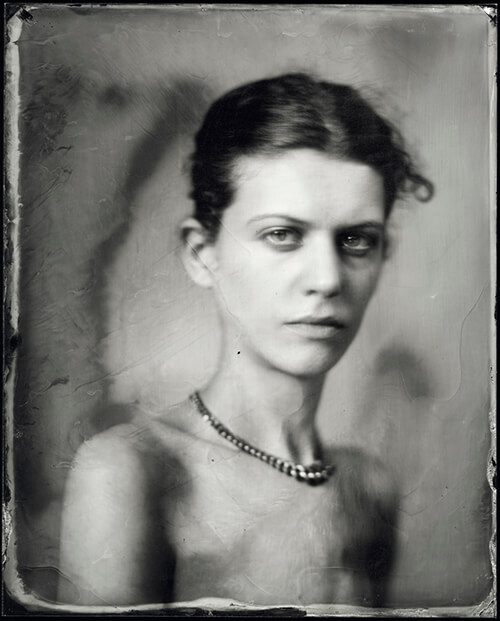
Find out more about Lucie Gledhill: https://www.luciegledhill.com/about
Author:
Published:




